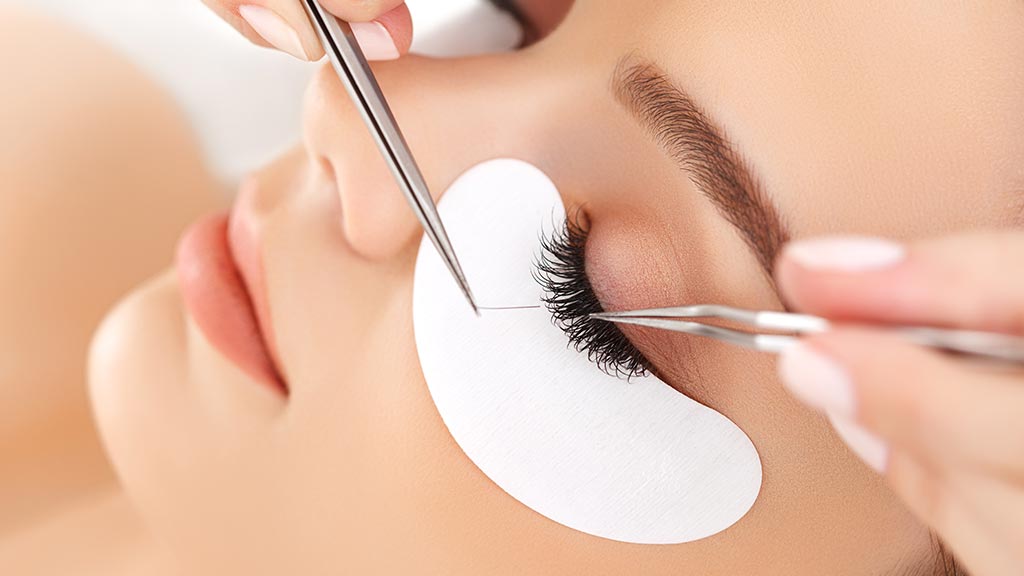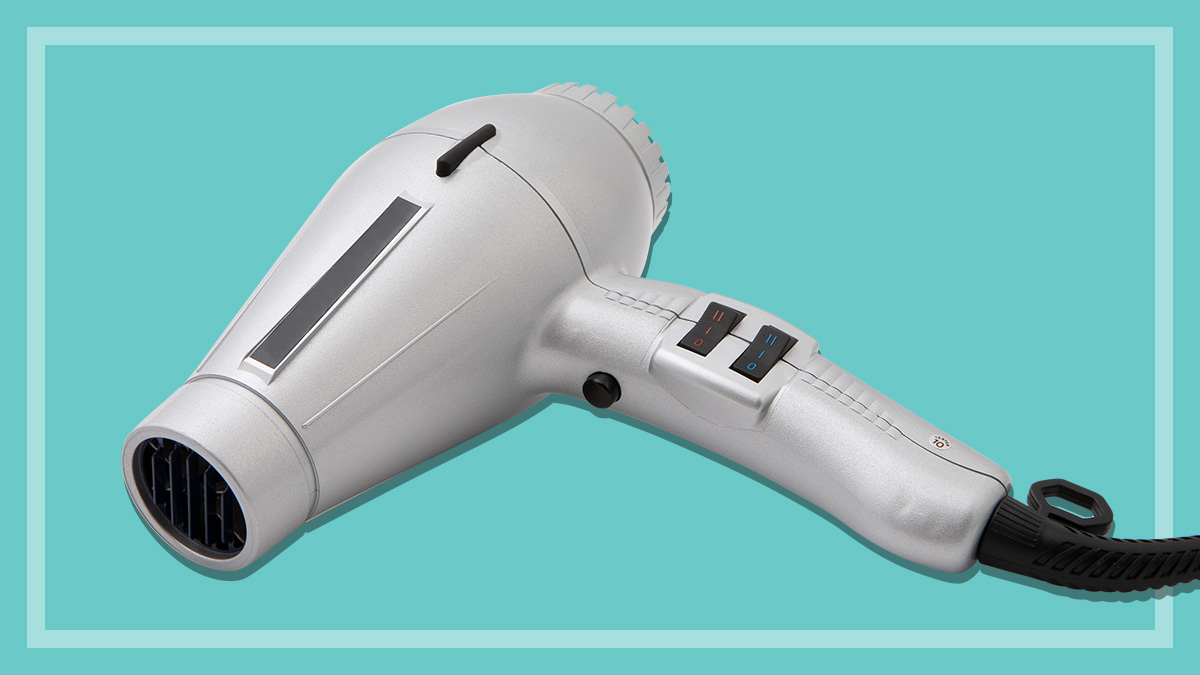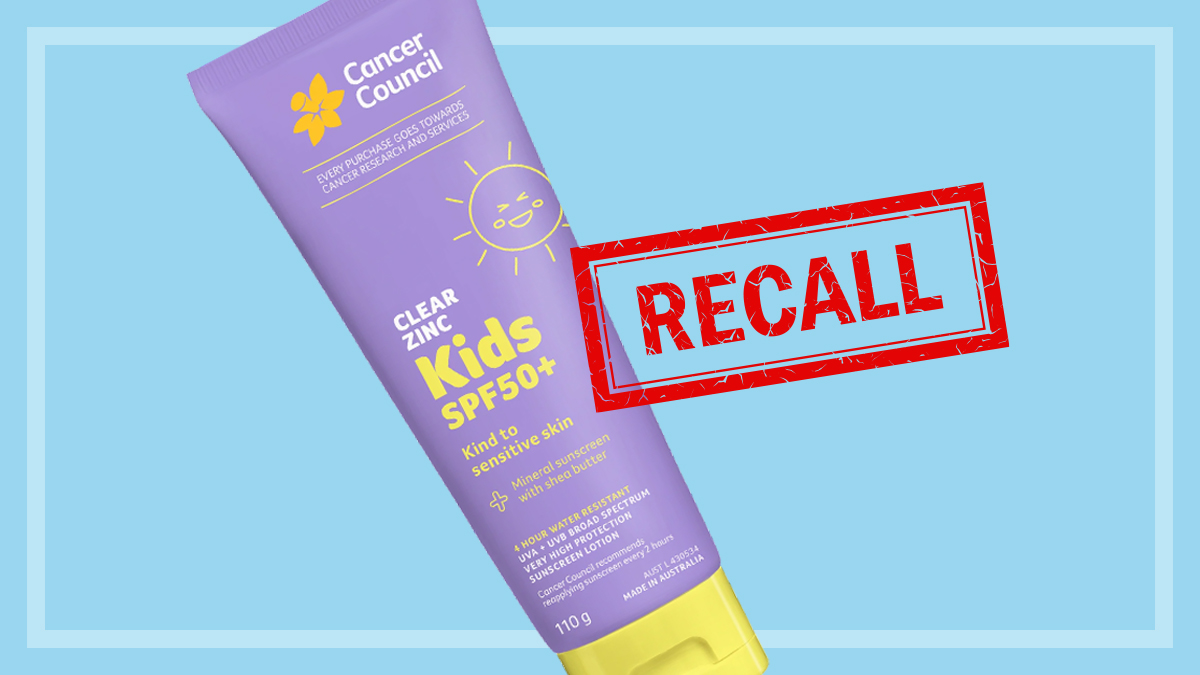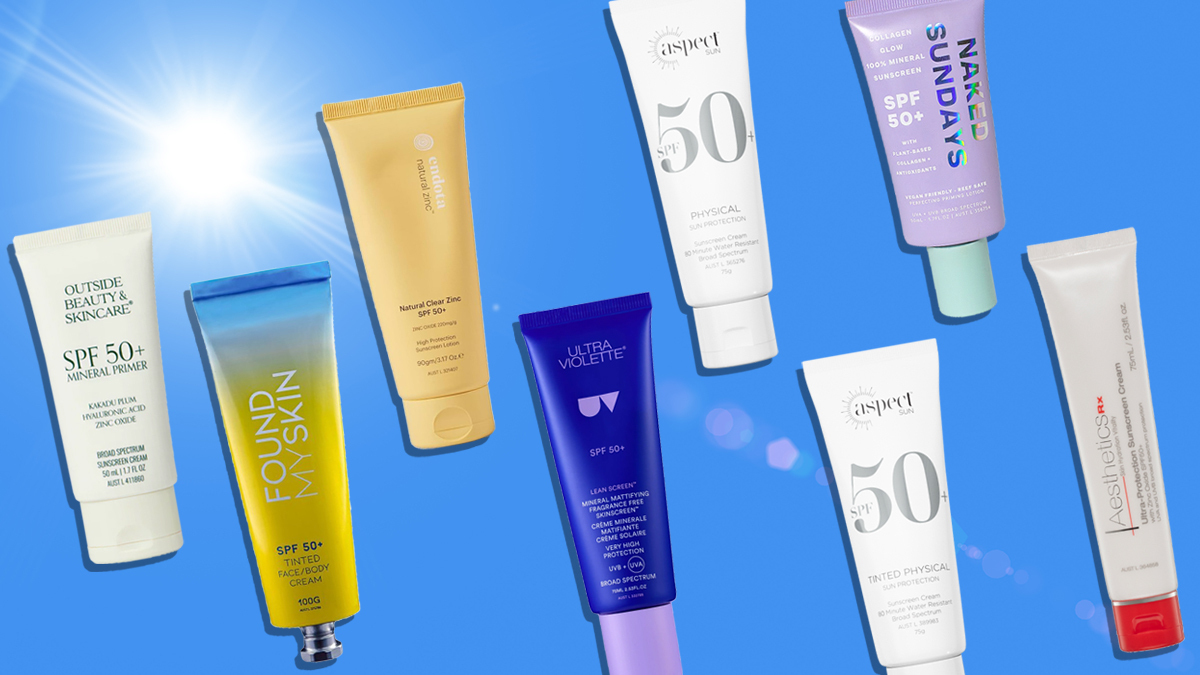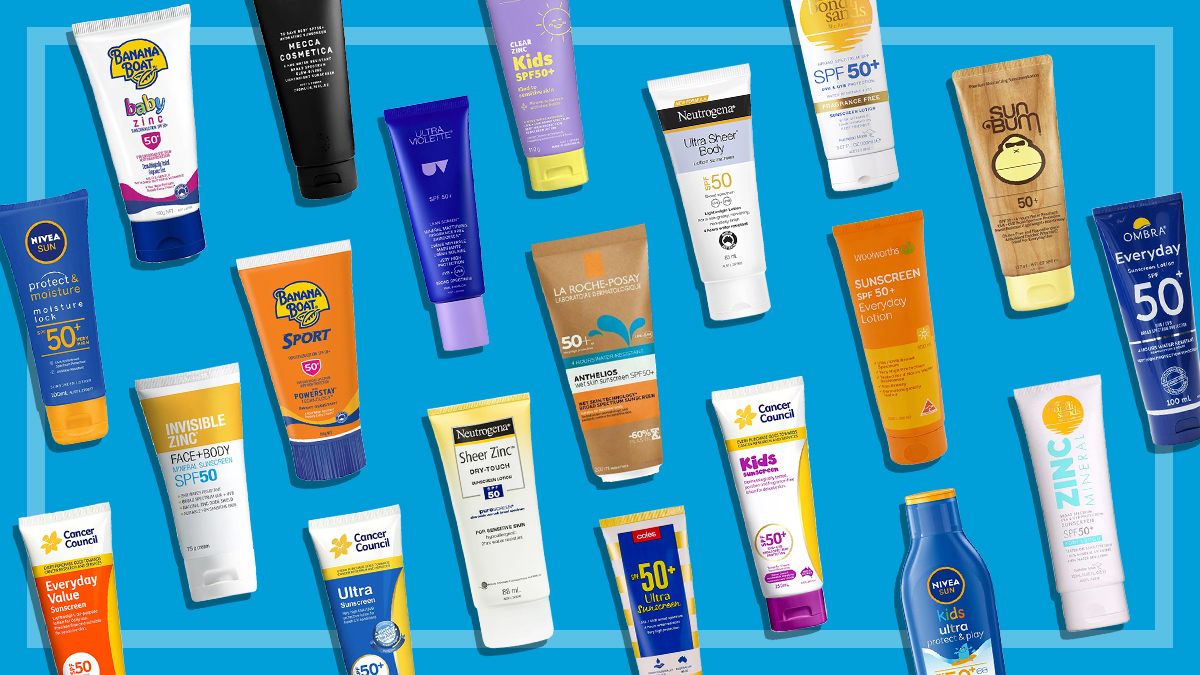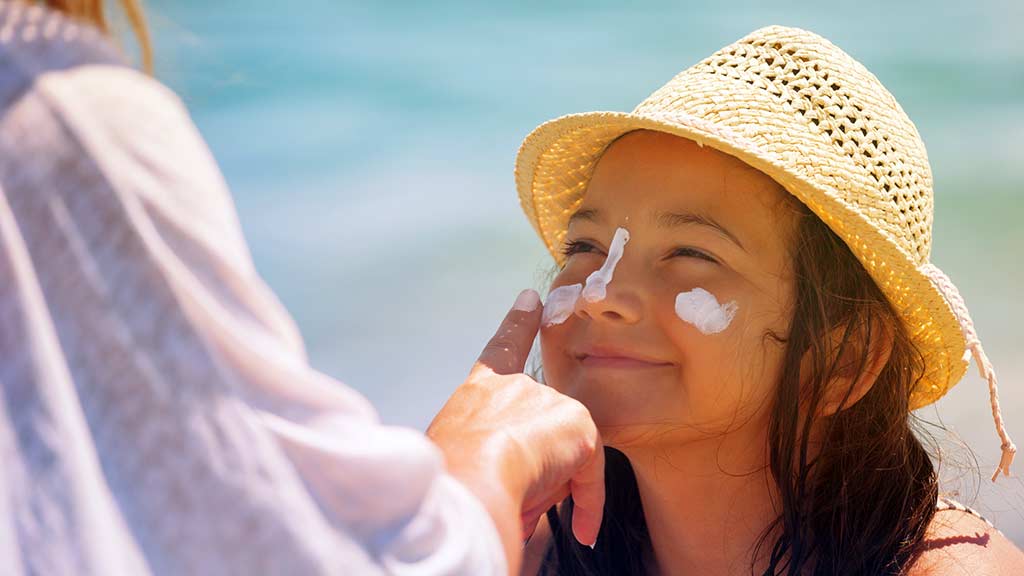Eyelash extension safety
Eyelash extensions promise luscious lashes that last for up to six weeks – but just how safe are they?
Last updated: 25 Nov 2014
Walk past any beauty salon or nail bar, and it’s hard to miss the advertisements for longer, fuller eyelashes that can last up to six weeks without a tube of mascara in sight.
On this page:
As the festive season rolls around it’s easy to see the appeal in a treatment that can have you looking as long-lashed as Bambi day after day. But there are concerns that a lack of training by those performing eyelash extensions could put the customer’s eyes at risk.
CHOICE investigates this growing trend to see what it’s all about, what the risks are and what to look out for if you decide eyelash extensions are for you.
The lash lowdown
False eyelashes have been part of many a woman’s beauty kit for decades, but the new craze is for semi-permanent eyelash extensions.
Unlike regular false eyelashes, where you have synthetic lashes applied to your eyelid and then (easily) removed afterwards, eyelash extensions are applied individually, directly to the natural eyelash with a bonding agent, and can last (with care) for up to six weeks. This means you can leap out of bed looking like a celebrity without touching a mascara wand, but the downside could be an eye infection or worse if the person applying the lashes hasn’t had adequate training or isn’t using the right equipment.
How much do eyelash extensions cost?
Costs can vary depending on who you see and what products they use but a rough guide is between $70 and $300 for a full set.
Bad lashes
Many of the experts CHOICE spoke to said that although eyelash extensions are widely available, there are plenty of things to consider before you hit the chair.
Andrea Day, a beauty educator with the College of Health and Biomedicine at Victoria University, says while the trend started with celebrities, the rush for longer lashes has quickly been embraced by the public and by the beauty industry, as it can be a lucrative earner for salons. The downside however is that when it comes to safety, “enthusiasm has almost completely quashed scepticism by the general public”.
The main issue is lack of experience and training in applying the extensions – which in combination with a body part as delicate as the eye, can at times end in disaster.
Eyes glued shut
Veteran lash specialist Samantha Barnes says her dedicated lash extension business The Lash Lounge was one of the first to offer the service in Sydney five years ago. Now, she says, there are hundreds of beauty businesses and even nail salons offering eyelash extensions, often at heavily discounted rates and with little experience in the practice. As a result she says she’s been inundated with customers seeking her help after having a poor experience elsewhere. “I’ve had clients come in with severe damage to their natural lash, horrible infections, experiences where they have been in pain throughout the procedure; their eyes glued shut and more,” she says.
Barnes says some of the more common problems she sees from shoddy lash jobs include red eyes and chemical burns from poor ventilation when the adhesive is applied, or eyelashes stuck together from too much glue, stunting growth of the natural lashes and causing pain and styes. She also sees plenty of clients who have had heavy and long extensions applied that eventually pull out the natural lashes, which can result in permanent lash loss.
Damage done
Dr Tasha Micheli, Ophthalmologist and Chair of the NSW College of Ophthalmologists, says eye doctors are seeing a small but increasing parade of patients who have suffered injuries as a result of eyelash extensions.
She says the main problem is with foreign bodies getting into the eye and causing corneal ulcers, which can lead to vision loss.
“Shards from the eyelash fibres scratch the cornea and leave the fine fibres which are mink or silk; they can damage something embedded within the lid. You really won’t be able to see them yourself but it doesn’t mean they aren’t there.”
Melbourne-based optometrist Samantha Day says she doesn’t recommend eyelash extensions at all when her patients ask about them. “Even for people who have never had an eye problem before, using lash extensions may cause an eye disorder and this can occur in up to one in four people who use them. Most problems will resolve with treatment and without causing permanent vision loss, however, there may be a permanent loss of natural lashes.”
Serious risks of eyelash extensions
Keratoconjunctivitis: an infection or inflammation of the cornea and conjunctiva, a result of glue or removing agent leaking into the eye during the application and removal process.
Allergic blepharitis: inflammation of the lids, as a result of an allergic reaction to the glue, particularly to the formaldehyde in the glue, or an allergy to the eyelid fixing tape used during the procedure.
Conjunctival erosion: from the eyelid fixing tape and a risk of sub-conjunctival haemorrhage (bleeding under the conjunctiva) from compression on the eye during lash extension removal.
Traction alopecia: where the natural lashes fall out as a result of the constant weight of repeated eyelash extension treatments. In some cases the lashes may not regrow at all.
Where’s the training?
An eyelash extension treatment gone wrong can put your eyes in serious peril. Despite this, there are currently no training requirements in Australia, so in theory anyone can set up a business or sideline in applying lash extensions.
According to Andrea Day of Victoria University, “in order to do business, those providing the service need to adhere to local, state or territory, and federal Work Health and Safety (WHS) guidelines and legislation, however training is not a legal requirement”. The beauty industry often has to keep up with new techniques and products, and with consultation underway, is pushing to have a nationally recognised qualification for eyelash technicians next year.
In the meantime, if the lure of long lashes still has you keen to give the treatment a try, Day recommends seeking out an eyelash technician who holds a nationally recognised make-up qualification, including the WHS skills needed to apply temporary false lashes. Certificate II in Retail, Make-up and Skin Care, Certificate III in Beauty Services, Certificate IV or Diploma in Beauty Therapy-qualified eyelash technicians have been at the very least trained and assessed according to fixed criteria in ‘applying standard infection control precautions’ and ‘recognising and managing contraindications and adverse effects’ when applying temporary false eyelashes.
In a nutshell, the higher the level of qualification, the more a person is skilled in infection control, including hand-washing techniques, disinfecting the tweezers, and preparation of the work area.
What to look for
Before:
- Look for a practitioner or salon that is well established and is dedicated solely to providing lash extensions as their primary business.
- Ask to see the products being used. Read the label of the product to check for any chemicals being used that you may be allergic to. The adhesive used should be ‘pharmaceutical grade’ and be safe for use on the eye area.
- The lashes themselves are usually advertised as synthetic, silk or mink. A softer, lighter lash such as mink will put less tension on the hair follicle.
- Make sure they use a fan to keep fumes away from your eyes at the workstation and that they ‘cure’ each lash with either a mist of isopropyl alcohol at the end of the application or by rinsing the eyes straight afterward so no adhesive residue remains on the lashes.
- Consider having an allergy test done first. While allergies aren’t that common, it’s better to be safe than sorry.
After:
- Follow the aftercare advice given by the practitioner: if you want to go swimming or use mascara on your extensions, check with the practitioner first as this can vary depending on the kind of procedure you have had done.
- See a health professional if you experience any discomfort or irritation. A problem with your eye can quickly go from bad to worse, so don’t wait. An ophthalmologist (eye specialist) is the best choice, although you’ll need a referral from your GP.
Think twice about getting eyelash extensions if you:
- already have sparse lashes
- cannot afford the time or money for regular maintenance
- have known allergies to an ingredient in the adhesive or are allergy-prone
- are pregnant.
Case study: Short-changed on long lashes
CHOICE member Joanna, of Sydney, contacted us to talk about her recent experience with eyelash extensions. While she says while she felt lucky to avoid any physical problems, she was badly let down in other ways.
After doing some careful research and choosing a beautician who said she was “officially accredited”, Joanna had her extensions applied in time for her hen’s night and planned to have them touched up before the big day. She says after sitting through the two-hour application process, she was encouraged to buy maintenance products, which brought the total cost of the treatment to $400. However, despite following the aftercare instructions carefully, she says by the time she woke up the next morning most of the applied lashes had already fallen off. Three days after the application, her eyelashes were back to their natural state and all the extensions had fallen out.
When she spoke to the beautician she was offered a replacement treatment, but for Joanna this was too late for her wedding. She then asked for a refund on the unused beauty products and was told she could have store credit on one item and no refunds. While Joanna was keen to take things further, she says she got swept up in her wedding and didn’t take any further action.
In this particular circumstance, under Australian Consumer Law, Joanna certainly could have pursued this issue with the salon or via Fair Trading and requested a refund.
In the meantime, she says she’s extremely annoyed and embarrassed about what happened. “I thought this would be something nice to give my eyes a bit more glam. I couldn’t have been more wrong or out of pocket. It’s so embarrassing to think that I spent all that money for nothing.”
Related
Kate Browne worked at CHOICE from 2006 to 2018, as an investigative journalist and lifestyle editor.
You can find her on LinkedIn.
Kate Browne worked at CHOICE from 2006 to 2018, as an investigative journalist and lifestyle editor.
You can find her on LinkedIn.

